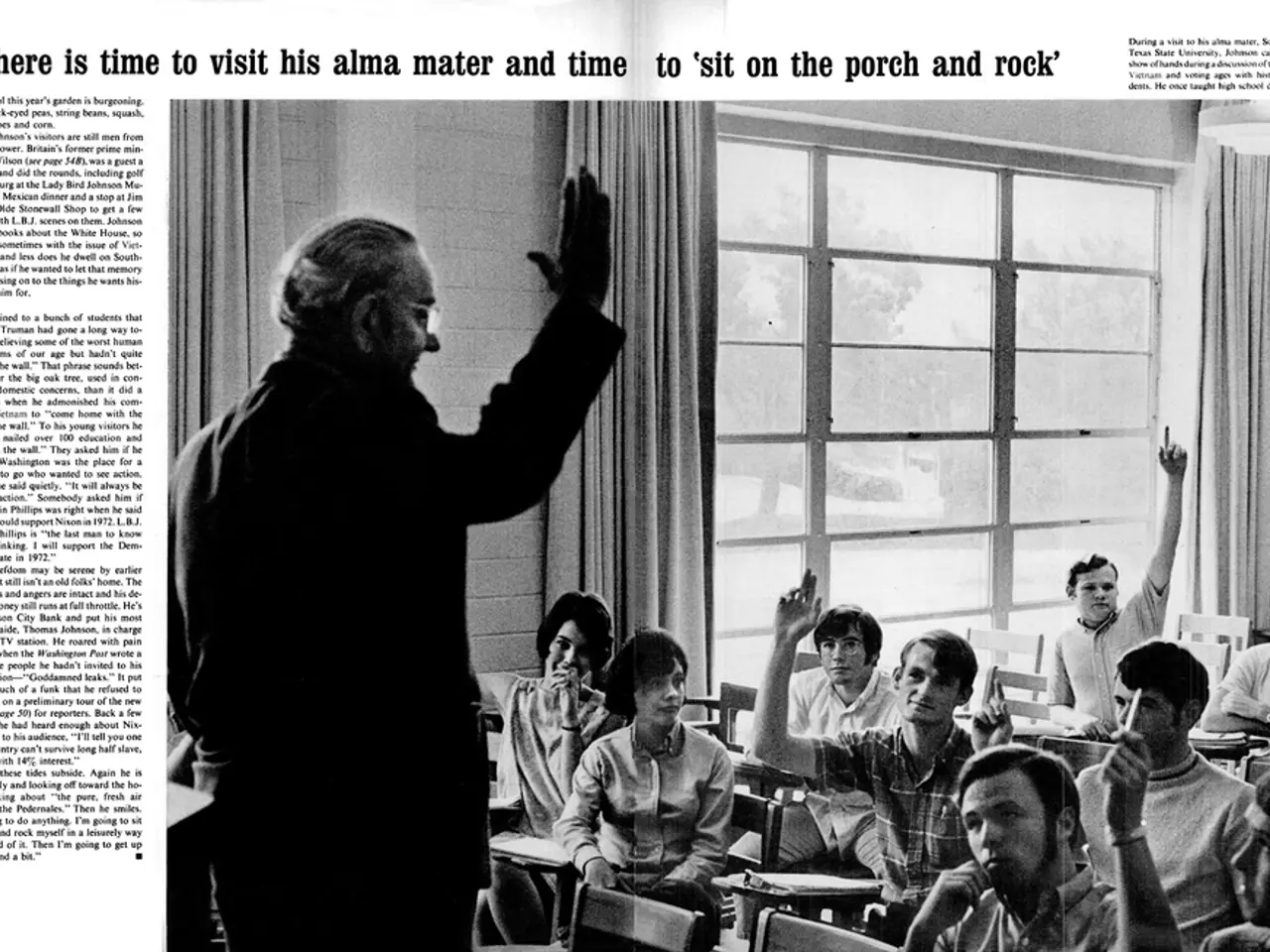The Evolution of Old Age in India and Its Impressive Impact
India Faces Rapid Aging Population, Requiring Urgent Policy Responses
India is undergoing a significant demographic transition, with the elderly population rapidly increasing. According to the Maintenance and Welfare of Parents and Senior Citizens Act of 2007, the elderly "unable to maintain themselves" can take legal action against their adult children or grandchildren who fail to provide basic necessities. However, enforcing this law has proven challenging.
By 2050, nearly 20% of the Indian population is expected to be over the age of 60, amounting to over 347 million individuals. In 2022, individuals over the age of 60 comprised 10.5% of the total Indian population. This demographic shift is unprecedented, with the elderly population rising from 24.7 million in 1961 to nearly 149 million in 2022.
Several key challenges have emerged as a result of this rapid aging. The demographic transition is occurring much faster in India than in developed nations, giving less time for policy adaptation and infrastructure development. Accelerated aging, social security, and economic dependency, health infrastructure and disease burden, caregiving and social support, reproductive agency, and fertility decline are among the main issues.
To address these challenges, experts have proposed several solutions. Comprehensive social protection systems, health infrastructure enhancement, policy and institutional rethinking, multi-dimensional approaches, promotion of reproductive agency and economic stability, and the creation of an integrated National Plan on Elderly Care are among the proposed solutions.
The seminar "Ageing in India: Actionable Solutions" was held in December 2021 by the Sankala Foundation, supported by the Niti Aayog, the ministry of social justice and empowerment, and the National Human Rights Commission (NHRC). The conference emphasized that addressing this demographic transformation requires urgent, innovative, and multi-sectoral policy responses to ensure social security, economic sustainability, and quality of life for India’s growing elderly population.
Models followed in places like Hong Kong involve training family members to care for elderly relatives. Integrating old-age homes within local neighborhoods, like in Shanghai, is also being advocated to enhance inclusion. Leveraging the "silver dividend" is being called for, ensuring that elderly care becomes part of national development. Southern states in India have the highest proportions of older adults.
The LASI survey, considered the world's largest, offers a database for designing policies and programs for the aged population. The elderly bring a wealth of experience, knowledge, and cultural depth that can be harnessed to enrich communities and contribute to social and economic development.
The National Human Rights Commission (NHRC) has focused on monitoring and advocating the rights of senior citizens, ensuring all elderly prisoners are covered by health insurance schemes, and improving the functioning of old age homes. States like Kerala have allocated five per cent of their budget to palliative care and evolved frameworks to safeguard the autonomy of senior citizens.
Experts have recommended the creation of an integrated National Plan on Elderly Care that would include comprehensive geriatric care. A national conference on "Ageing in India: Emerging Realities, Evolving Responses" is scheduled for later this week, where experts will share their vision on how to respond to the current challenges.
- As India's aging population increases, the need for comprehensive social protection systems becomes more pressing, ensuring the welfare of elderly individuals with medical conditions like chronic diseases, cancer, or autoimmune disorders.
- The rapid growth of the elderly population in India, especially those suffering from respiratory conditions and digestive health issues, puts a heavy burden on the country's health infrastructure.
- Addressing the growing burden of skin conditions among the elderly, as well as mental health concerns like depression and anxiety, is essential for overall health and wellness in the aging population.
- To counteract the effects of aging on eye-health, research into therapies and treatments for common eye diseases has become important.
- The aging population's hearing ability is also a concern, necessitating public health programs that offer solutions for hearing impairment.
- In the realm of men's health, addressing prostate issues and other age-related concerns is vital for maintaining quality of life as the population ages.
- Simultaneously, women's health, including treatment for menopause symptoms and gynecological issues, becomes increasingly significant as more women reach old age.
- Cardiovascular health is another area of concern for the aging population, with measures like medicare reform being proposed to make access to care more affordable.
- The integration of CBD products into health and wellness programs for senior citizens is being explored as a potential way to improve their overall quality of life, particularly for those dealing with neurological disorders.
- Aging also brings about a greater risk of skin conditions, making skin care an essential aspect of the elderly care sector.
- In comparing India's aging population with developed nations, the urgency for policy responses in strengthening social support, economic sustainability, and addressing disease burden becomes apparent.




